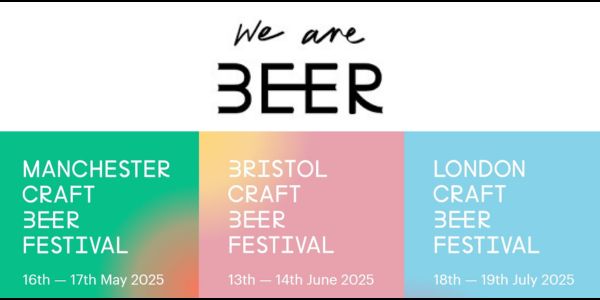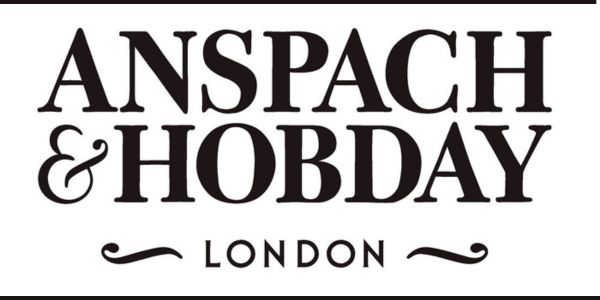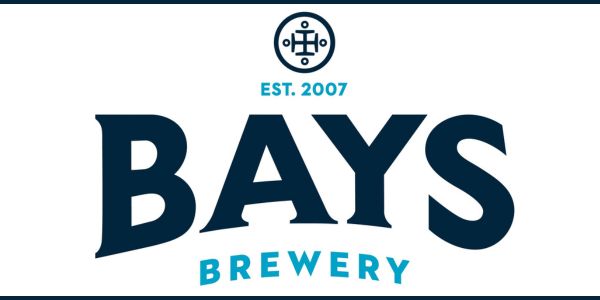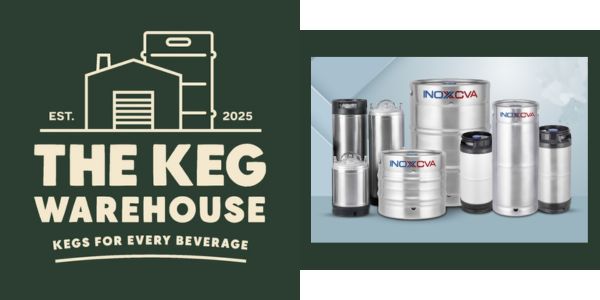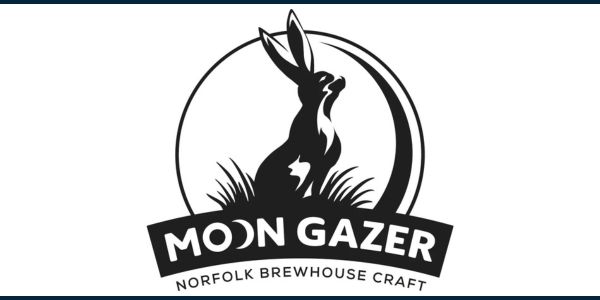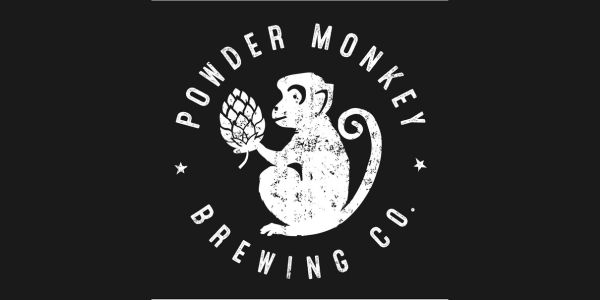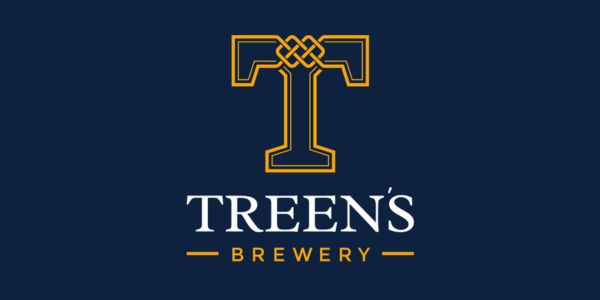Recent trends have revealed the extent of the challenges independent pubs are facing, with the sector recording a -4.3% total drinks volume sales decline over the past year.
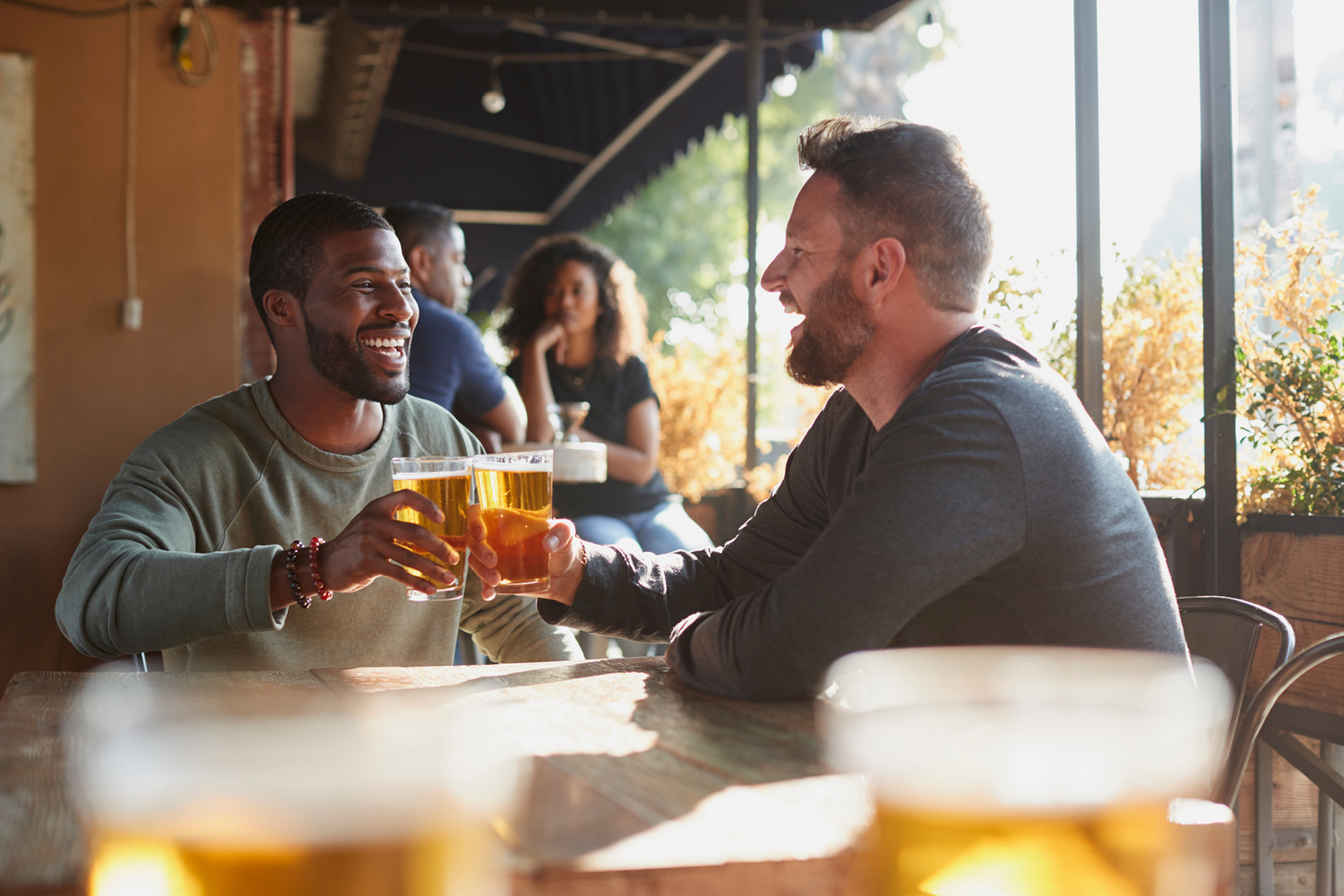
The decline in independent pubs is driven largely by churn within the sector. The Hospitality Market Monitor from CGA and Alix Partners reveals that independent venues over-index on closures compared to the all pubs national average and managed venues.
Between March 2020 and March 2024 there was a -15.1% decline in independent pub numbers, with a -3% decline between March 2023 and March 2024 alone.
Despite these challenges, the latest PubTrack analytics reveal that independent venues remain a crucial component of the on-trade sector and consumers who visit this channel maintain a strong affinity for pub visitation.
On a further optimistic note, consumers who frequent independent pubs visit the out of home more often than the average consumer, and tend to spend more per visit.
Correspondingly, their visitation patterns are characterised by frequent casual outings and a notable preference for a big night out. These combined factors present an outstanding opportunity for pubs to capitalise on these loyal, high-value consumers.
So, what strategies for success can they implement to both drive footfall and optimise consumer spend?
Weekends, particularly Saturdays, are a peak time for pub visits. Thirty-nine per cent of pub-goers choose this day, with independent pub consumers over-indexing by +1.4 percentage points (pp). While early evening attracts most independent pub consumers, there are variances across different types of pubs, with late night being key for high street pubs, whereas early evening plays a key role for community pubs.
Comparatively, mid-afternoon on a Sunday remains wildly popular for consumers wanting to go out for a for a roast or carvery. Similarly, Wednesdays and Thursdays are proving popular for mid-week food-led visits.

Furthermore, Pubtrack highlights the importance of offering more than just drinks and food, indicating a focus on atmosphere and experience to attract and retain consumers. For this purpose, live music, pub quizzes, and a well-curated selection of drinks are key drivers of both footfall and dwell time.
One in ten consumers who visit independent pubs say a wider range of drinks would encourage them to stay out in a pub later (+1 pp versus the average pub consumer), while 7% say more premium drinks would encourage them to remain on-site (+1pp versus the average pub consumer).
The good news is that independent pub consumers demonstrate a clear willingness to break their usual habits. Almost a third (32%) especially enjoy trying out new places while they’re small but starting to get recognised, increasing by 7pp among younger, more adventurous 18– to 24-year-old consumers.
However, 42% of consumers tend to wait for recommendations before deciding to visit new venues, especially the least experimental 65+ demographic (+5.4pp). Overall, almost half (49%) of consumers are influenced by word of mouth referrals from friends, while 38% are swayed to try new venues after seeing information on social media, (+2pp versus the average pub consumer and +14.3pp for 18- to 24-year-olds).
With versatility in drinks offerings and the integration of food and experience-led promotions, pubs are well-positioned to succeed by adapting to the varying needs of independent pub consumers, from casual midweek meals to high-energy weekend events.
CGA client director Danielle Rowlands said: “The resilience of the independent pub sector, despite hefty challenges, demonstrates the enduring appeal of the Great British pub.
“Our latest PubTrack report provides valuable insights for drinks suppliers and pub operators as the on-premise sector continues to evolve, helping them to understand and cater to the nuanced needs of consumers. Ultimately, pubs are weathering the current challenges and thriving into the future by innovating with creative experiences and offerings.”

